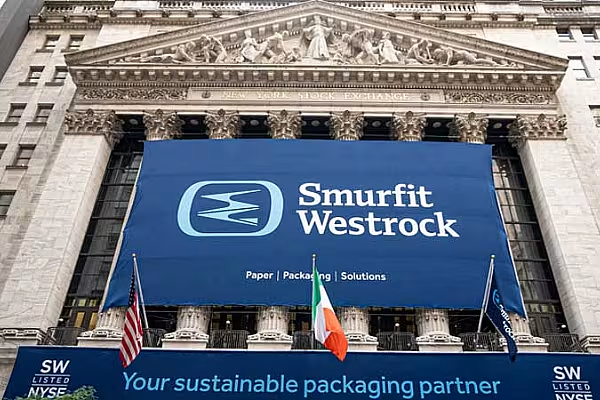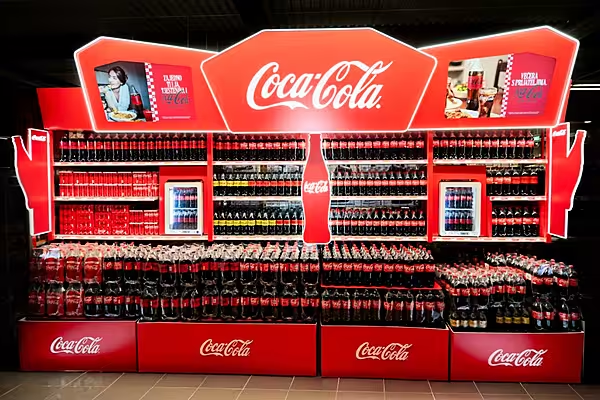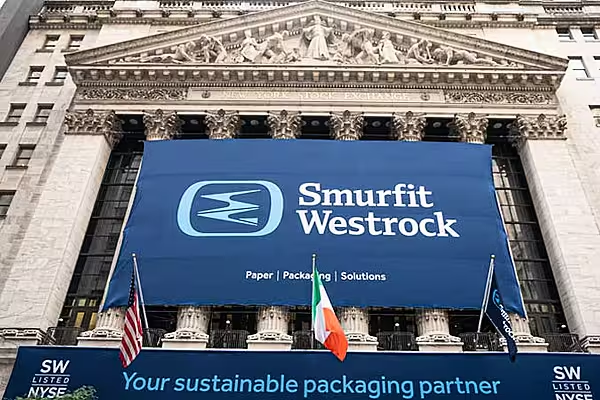The European corrugated-packaging industry is expected to enter a period of consolidation, according to recent research from Rabobank.
Some ten mergers and acquisitions have been announced between January and June 2017, and around 110 notable deals have taken place in the sector since 2010, which, the bank says, has been prompted by “slim margins and firms’ need for a wider geographical presence”.
It expects that European producers will continue to look for opportunities overseas, such as DS Smith’s recent acquisition of Interstate Resources in the US.
“The European market has witnessed some notable M&A deals in recent years, but we expect more in the future, as firms respond to headwinds in what is still a very fragmented sector,” said Natasha Valeeva, supply-chain analyst at Rabobank.
“We don’t, however, expect this consolidation to happen quite as quickly as in the US. The rate of M&A is being slowed by factors such as high valuations and family-owned companies not ready to sell yet.”
Future Trends
The five largest corrugated-packaging producers – Smurfit Kappa, DS Smith, Saica, Mondi and Prinzhorn – only hold about a third of the market share in Europe.
Rabobank notes that the market is far more fragmented among its competitors, with roughly 46% of the sector supplied by producers that have less than 2% market share, and so there is scope for further consolidation in the future.
“As market trends, such as environmental footprint, sustainability, access to recycled material, and food safety make it more difficult for smaller players to cope with growing investment necessities, it is inevitable that further market consolidation will happen,” said Tjard Westbroek, global sector head of supply chains at Rabobank.
“Over the coming years, we expect smaller producers to be acquired by the bigger players, especially if they’re based across key customer locations on the Continent. We think the key aim for larger companies is to be strategic in their locations, making sure they’re able to benefit from economies of scale and avoid unnecessary transportation costs,” Westbroek added.
© 2017 European Supermarket Magazine – your source for the latest retail news. Article by Sarah Harford. Click subscribe to sign up to ESM: The European Supermarket Magazine.














